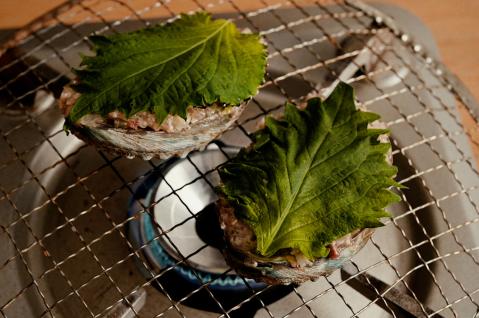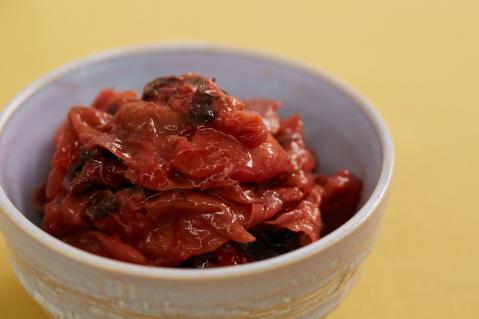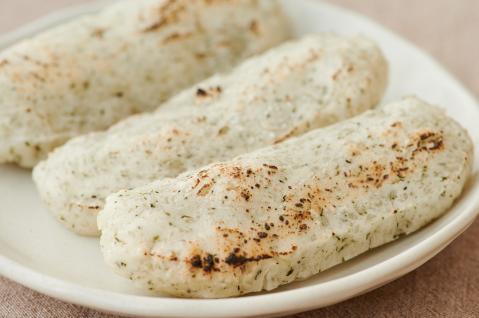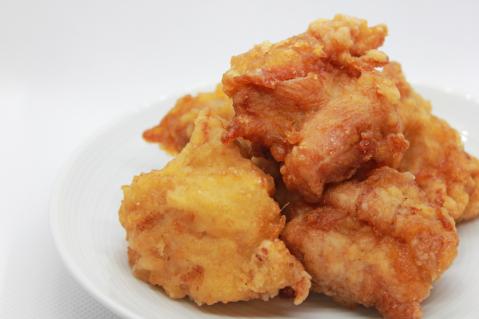Cooking Classes in Japan
airKitchen allows travelers from all around the world to book and experience authentic cooking classes. Chose your best cooking class from 1000+ classes.
Atsugi Shirokoro Horumon
Atsugi Shirokoro Horumon (厚木シロコロ・ホルモン) is a delicious dish of grilled pork large intestine. Atsugi City, home to Kanagawa Meat Center, known fo...
Sanga Yaki
Sanga Yaki (さんが焼き, Sanga yaki) is a traditional dish from the Boso Peninsula area, where fish like horse mackerel, sardines, and Pacific saury have been...
Seigaku Mochi
Seigaku Mochi (性学もち, Seigaku mochi) is a traditional dish from the Katori and Kaiso regions of Chiba Prefecture. This unique type of mochi dates back to ...
Kujira no Tare (Whale Jerky)
Kujira no Tare (くじらのたれ, Whale Jerky) is a traditional dish from the Minami-Boso region of Chiba Prefecture, made by marinating whale meat in a special ...
Tempura of Salt-Pickled Bamboo Shoots
Tempura of Salt-Pickled Bamboo Shoots (塩漬けタケノコの天ぷら, Shiozuke Takenoko no Tempura) is a simple yet elegant dish made by rinsing salted bamboo shoot...
Futomaki Sushi
Futomaki Sushi (太巻ずし, Futomaki sushi) is a traditional type of sushi that has been passed down in farming communities and households in Japan. Its histor...
Barappa Manju
Barappa Manju (ばらっぱまんじゅう, Barappa Manju) is a traditional delicacy from the Hokuso region of Chiba Prefecture. It has long been enjoyed during speci...
Yangome
Yangome (ヤンゴメ, Yangome) is a heartwarming traditional dish from the southern region of Chiba Prefecture, on the Boso Peninsula. Made by cooking toasted r...
Handmade Sashimi Konjac
Okukuji, a region in Ibaraki Prefecture, is known as the birthplace of konjac, a traditional Japanese ingredient. Konjac cultivation has flourished here for ...
Shikinbai
Shikinbai (紫錦梅, Shikinbai) is a delightful regional specialty deeply tied to Kairakuen, one of Japan’s Three Great Gardens, located in Mito, Ibaraki Prefe...
Tagane Mochi
Tagane Mochi (たがね餅, Tagane mochi) is a beloved traditional dish from southern Ibaraki Prefecture, featuring a unique texture and rich aroma made from a m...
Roasted Chestnuts
Roasted Chestnuts (焼き栗, Yaki-guri) are a beloved autumn tradition. Ibaraki Prefecture is proud to be Japan's top producer of chestnuts, both in terms of c...
Daigo Shamo Getan
Daigo Shamo Getan (大子シャモゲタン, Daigo Shamo Getan) is a newly created specialty dish from Daigo Town in Ibaraki Prefecture, featuring Okukuji Shamo, a p...
Oku-Kuji Shamo Yakitori
Oku-Kuji Shamo (奥久慈しゃも, Oku-Kuji shamo) refers to a special breed of chicken raised in the lush, mountainous regions of Oku-Kuji in northern Ibaraki Pr...
Fujioka Ramen
Fujioka Ramen (藤岡ラーメン, Fujioka ramen) is a specialty of Fujioka City in Gunma Prefecture, combining the area’s food culture with the dedication of loca...
Sauce Katsu Don
Sauce Katsu Don (ソースカツ丼, Sauce katsu don) is a standout of Gunma Prefecture’s B-grade gourmet scene. This beloved dish features freshly fried pork cutl...
Kind of food
Recommended
-
![Tofu Yo (Tou Fu Yong)]()
Tofu Yo (Tou Fu Yong)
Okinawa / >Local cuisine -
![Genghis Khan]()
Genghis Khan
Hokkaido / >Meat dish -
![Hachinohe Grilled Mackerel Skewers]()
Hachinohe Grilled Mackerel Skewers
Aomori / >Seafood -
![Anori Fugu]()
Anori Fugu
Mie / >Seafood -
![Senzanki]()
Senzanki
Ehime / >Tenpura -
![Miso Curry Milk Ramen]()
Miso Curry Milk Ramen
Aomori / >Ramen -
![Yokote Yakisoba]()
Yokote Yakisoba
Akita / >Soba & Udon -
![Meat-Wrapped Rice Balls]()
Meat-Wrapped Rice Balls
Miyazaki / >Bento & Onigiri
























